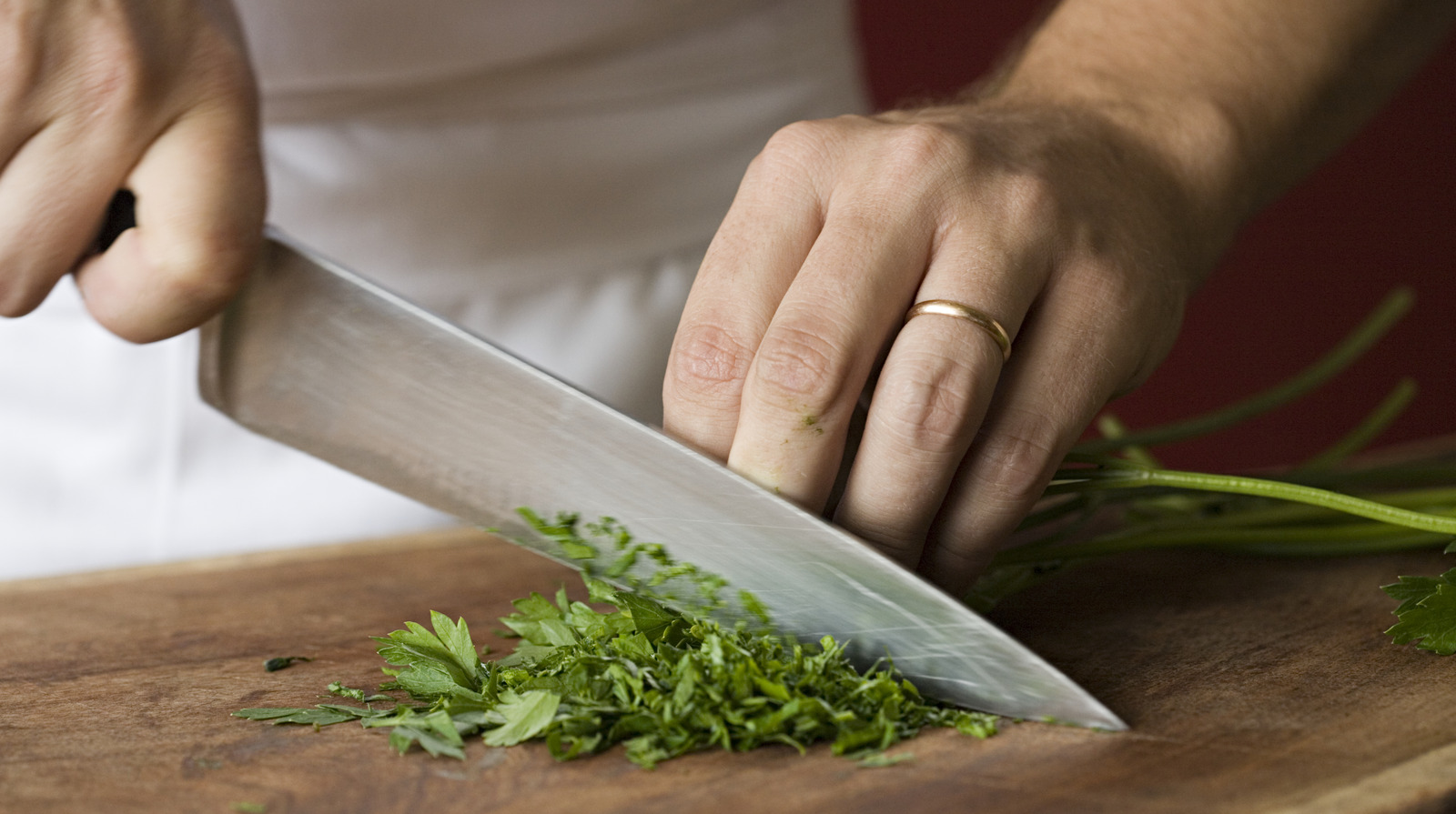When preparing raw chicken, selecting the appropriate cutting board color is vital for maintaining kitchen safety. The choice of cutting board not only influences food preparation but also helps prevent cross-contamination. In this article, we will discuss what color cutting board for raw chicken is best and explore various options available for kitchen professionals.
Its crucial to understand the implications behind using different colored cutting boards, especially when handling raw poultry. Using dedicated boards for specific food types is a practice that promotes hygienic cooking practices. Let's dive deep into the specifics of color coding and how it can drastically improve safety and efficiency.

The Importance of Color Coding
Color coding your cutting boards can significantly enhance your food safety practices. By designating specific colors for various food groups, you can help prevent cross-contamination between raw meats and other food items. According to industry standards, the following colors are commonly associated with specific food types:
- Red: Used exclusively for raw meats, including poultry
- Yellow: Ideal for cooked meats
- Green: Best for fruits and vegetables
- Blue: Typically designated for fish and seafood
- White: Often for dairy and bread products
In this scenario, using a red cutting board for raw chicken is the recommended practice. It visually reinforces the safety message that raw poultry must be isolated from other foods.
Choosing the Right Material for Your Cutting Board
Besides color, the material of a cutting board plays a significant role in its functionality and suitability for preparing raw chicken. There are three primary materials to consider:
- Wood: Known for its durability and ability to self-heal, wood cutting boards are a favored choice among chefs. However, they require proper maintenance to prevent microbial growth.
- Plastic: Lightweight and easy to clean, plastic boards often come in various colors, making them excellent for a color coding system. They are dishwasher safe, which simplifies sanitation.
- Bamboo: An eco-friendly option that combines the benefits of wood and plastic, bamboo boards also offer subtle antibacterial properties.
Cleaning and Maintaining Cutting Boards
Proper cleaning extends the life of your cutting boards, especially when handling raw chicken. Refer to the external guide on cleaning wooden cutting boards to get essential tips. Remember to:
- Wash boards after each use with hot, soapy water.
- Sanitize using a vinegar or bleach solution to kill bacteria.
- Regularly apply mineral oil to wood boards to keep them in optimal condition.
Best Practices for Food Safety
Its pivotal to observe best practices when it comes to food safety. Always:
- Use separate cutting boards for raw meats and other foods.
- Keep your health in mind by wearing gloves when handling raw chicken.
- Regularly inspect cutting boards for deep cuts or damages that may harbor bacteria.

FAQs about Cutting Boards for Raw Chicken
1. Why should I use a specific color cutting board for raw chicken?
Using a specific color, like red, for raw chicken helps prevent cross-contamination and reinforces safe food handling practices.
2. Can I use the same cutting board for poultry and vegetables?
No, it is important to use different cutting boards to prevent transferring bacteria from raw chicken to vegetables or other food items.
3. How often should I replace my cutting boards?
Replace your cutting boards when they become excessively worn, deeply grooved, or difficult to clean effectively.
For additional reading on the maintenance of cutting boards, check out this guide on caring for teak cutting boards.
As an Amazon Associate, I earn from qualifying purchases.


























